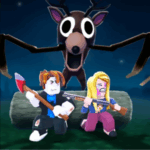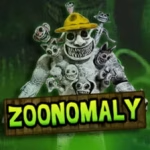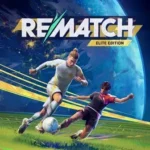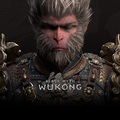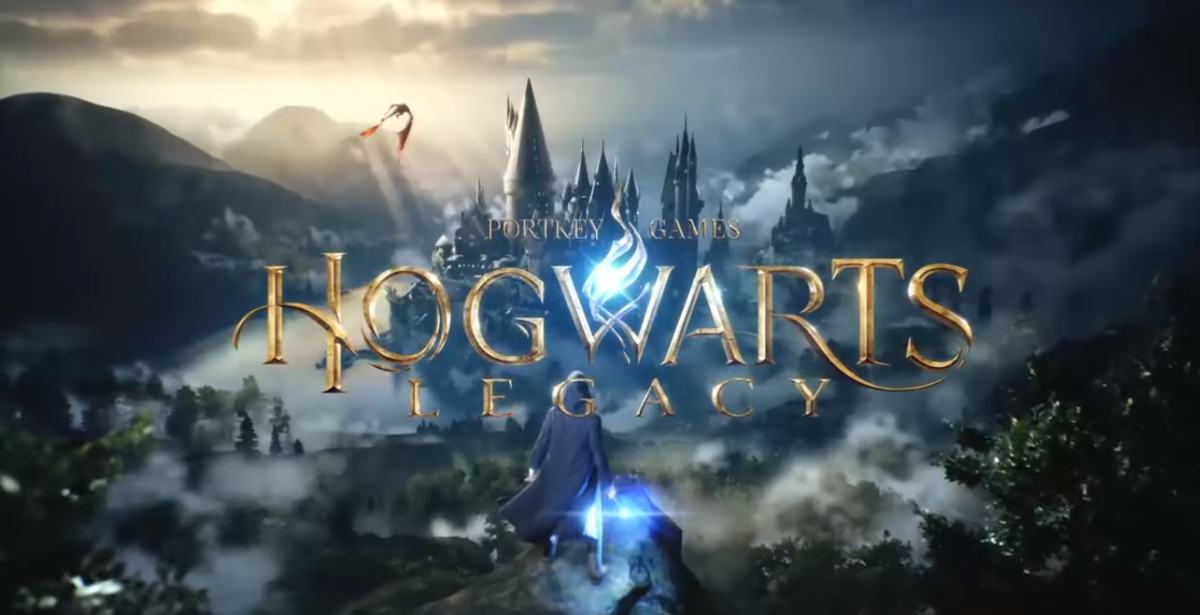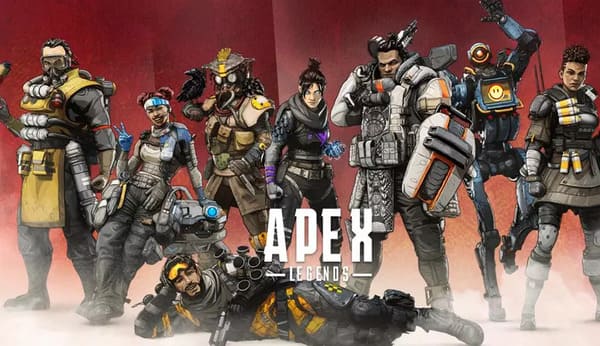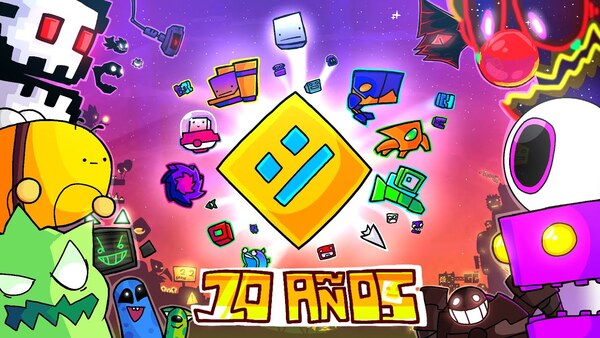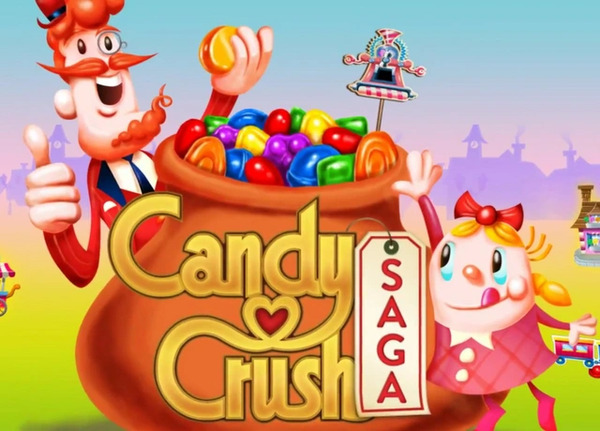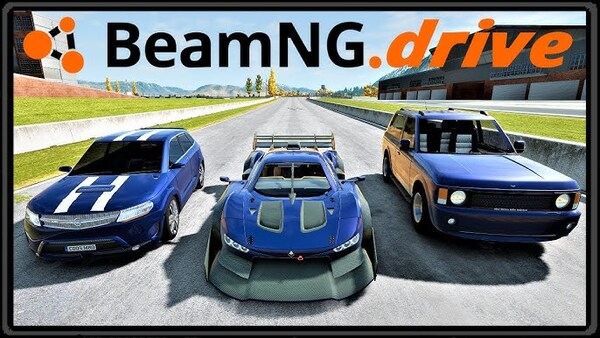Geometry Dash: Rhythm, Precision, and Platforming at Its Finest
Meta Description:
Geometry Dash is an addictive rhythm-based platformer that challenges players' reflexes and creativity through levels of increasing difficulty and beat-synced obstacles.
Geometry Dash has stood the test of time since its release in 2013, growing from a small indie rhythm game into a global sensation with millions of players. Developed by RobTop Games, this one-button side-scrolling platformer is deceptively simple in concept but delivers an intense, precision-focused challenge that continues to captivate gamers worldwide.
With its trademark colorful visuals, pulse-pounding music, and instant-death mechanics, Geometry Dash combines fast gameplay with creative expression. Over the years, it has evolved with major updates, a passionate community, and an ever-growing collection of user-made levels that rival the official ones in design and complexity.
This article explores Geometry Dash’s origins, gameplay mechanics, community influence, and legacy, while providing a full understanding of why this game continues to remain relevant more than a decade after launch.
The Birth of Geometry Dash: Indie Origins and Initial Launch
Geometry Dash was developed by Swedish game developer Robert Topala, under his studio RobTop Games. Released in August 2013 on iOS and Android, it started as a relatively small project with a few levels and basic features.
Topala wanted to create a game that blended rhythmic music with intense platforming action. The result was a simple yet highly addictive game that used tight sync between movement and electronic music to generate high levels of engagement. Despite being a solo developer effort, the polish and replayability stood out, attracting attention from mobile gamers and streamers.
Within months of its release, Geometry Dash gained viral traction due to its difficulty curve and user-generated content system. Updates started rolling out, each one adding new mechanics, custom level creation tools, and aesthetic improvements.
Core Gameplay: One Tap, Endless Difficulty
Geometry Dash is a rhythm-based platformer where players control a geometric icon (most often a cube) that auto-scrolls through a side-scrolling level filled with hazards. The control scheme is minimal—tap to jump, hold to fly—but mastering the gameplay is anything but simple.
Every level is built to match the beat of its background music. Obstacles like spikes, platforms, gravity switches, and portals are placed in patterns that sync with the track. This synergy between movement and sound gives the game a unique rhythm-game feel, even though it’s also deeply rooted in platforming mechanics.
The game is built on trial-and-error, requiring players to memorize patterns and practice timing. A single mistake sends the player back to the beginning, making completion of a level feel like a hard-earned victory.
Difficulty and Progression: From Easy to Insane Demon
Geometry Dash is infamous for its high difficulty, and it embraces this fully. Official levels are labeled by difficulty tiers—Easy, Normal, Hard, Harder, Insane, and Demon. Demon levels are especially challenging, requiring nearly perfect timing and understanding of mechanics.
As players progress, they unlock new icons, colors, and ships, providing a visual sense of achievement. While the core gameplay doesn’t change drastically, the layers of challenge build up, testing reaction time, patience, and rhythm.
This difficulty has become a badge of honor within the community. Beating “Demon” levels like “Deadlocked” or “Bloodbath” is a rite of passage for skilled players, leading to leaderboards, challenge videos, and international competitions.
The Music: Driving Force of the Experience
The soundtrack of Geometry Dash is arguably one of the game’s most defining features. With a lineup of electronic tracks from artists like DJVI, F-777, Waterflame, and Dex Arson, the music sets the tone and rhythm of each level.
Each level's obstacles are synced to the beat, creating a visceral, almost musical memory map for players. The sounds act as cues, helping players anticipate jumps or shifts. This audio-visual cohesion makes levels feel alive and reactive.
The game’s reliance on beat-based structure is what differentiates it from other platformers. Music isn’t just background—it’s integral to gameplay, memory, and immersion.
Level Editor: A Playground for Creators
In 2014, Geometry Dash added a powerful level editor that allowed users to create and share their own custom levels. This opened the floodgates for a massive creative explosion within the community. Thousands of levels were uploaded weekly, covering everything from basic challenges to intricate “Impossible” maps.
The editor includes tools to place obstacles, sync music, adjust camera zoom, and create effects or animations. Players can use their own strategies, musical cues, and storytelling techniques. The best custom levels are often indistinguishable in quality from the official ones.
The level editor is where Geometry Dash evolves. Through it, the community has extended the game's life far beyond what any developer could accomplish alone.
The Geometry Dash Community: YouTube, Twitch, and Fan Culture
Geometry Dash has inspired a massive online community. YouTube is filled with gameplay walkthroughs, level completions, reaction videos, and custom level showcases. Twitch streamers challenge themselves to beat the hardest levels live, drawing in thousands of viewers.
The game’s culture rewards perseverance, creativity, and performance. Players like Riot, Knobbelboy, and GuitarHeroStyles became celebrities in the community for beating legendary levels. Others are known for designing brilliant maps or teaching editor techniques.
The community also contributes music, mods, guides, memes, and even entire competitions, proving that Geometry Dash is not just a game but a platform and identity.
Major Updates: How Geometry Dash Keeps Growing
Despite being developed by a solo developer, Geometry Dash continues to receive major updates. Version 2.0 introduced new game modes, colors, and triggers. Version 2.1 brought even more complexity with new orbs, spider mode, and improved editor tools.
The long-anticipated 2.2 update has been teased for years and includes massive overhauls like camera control, new animations, multiplayer potential, and dynamic camera movement. Although RobTop is known for taking his time, these updates fundamentally shift how the game plays and looks.
Each update reinvigorates the community, bringing players back and encouraging creators to experiment with the new tools.
Geometry Dash Spin-Offs and Expansions
RobTop expanded the brand with several spin-offs like Geometry Dash Lite, Geometry Dash Meltdown, Geometry Dash World, and Geometry Dash SubZero. These games introduced new levels and mechanics while giving free users a taste of what the full version offers.
These side games have their own exclusive soundtracks and themes and often serve as testing grounds for new features before they’re added to the main game. While not as content-rich, they maintain the core identity and accessibility of Geometry Dash.
This strategy helps bring new players into the fold without overwhelming them, building a path toward the full game experience.
Geometry Dash in Education and Cognitive Development
Interestingly, game has found its way into educational discussions. Teachers and researchers have noted the game’s potential to improve hand-eye coordination, rhythm recognition, pattern learning, and reaction time.
Because it rewards perseverance and builds memory, Geometry Dash can teach players patience and problem-solving. Some teachers even use the game to discuss basic physics concepts like gravity, momentum, and spatial awareness.
It’s also been embraced by neurodiverse gamers, with some users claiming the game helps them focus or provides a sense of rhythm and structure.
The Legacy and Longevity
Now over a decade old, Geometry Dash remains relevant due to its simple controls, brutal challenge, and creative freedom. Few mobile games have maintained such longevity, especially without invasive monetization or constant advertising.
It is both a game and a platform. Players stay for the core gameplay but return again and again because of the user-generated content. Geometry Dash has become a test of patience, skill, and passion for millions.
Whether a player is a casual jumper or a full-fledged Demon-slayer, Geometry Dash offers an experience that few games replicate so tightly and artistically.
Conclusion
Geometry Dash remains one of the most iconic rhythm-based platformers in the mobile and indie game landscape. With precision-based gameplay, limitless creativity, and a global community, it continues to challenge and inspire players to jump, fall, and rise again.

